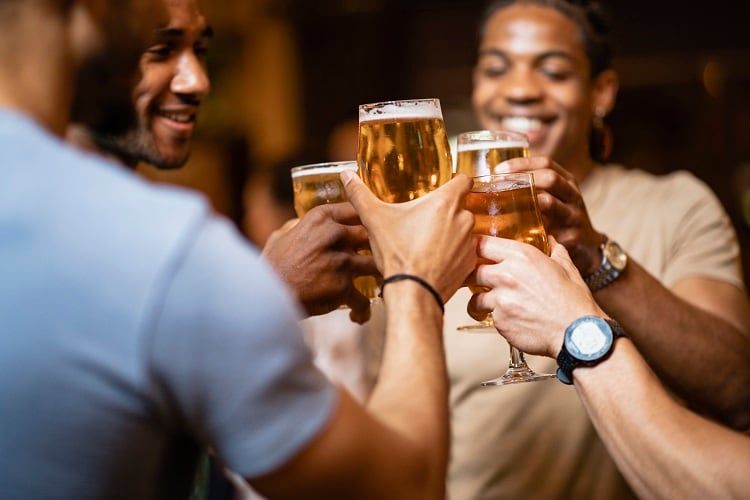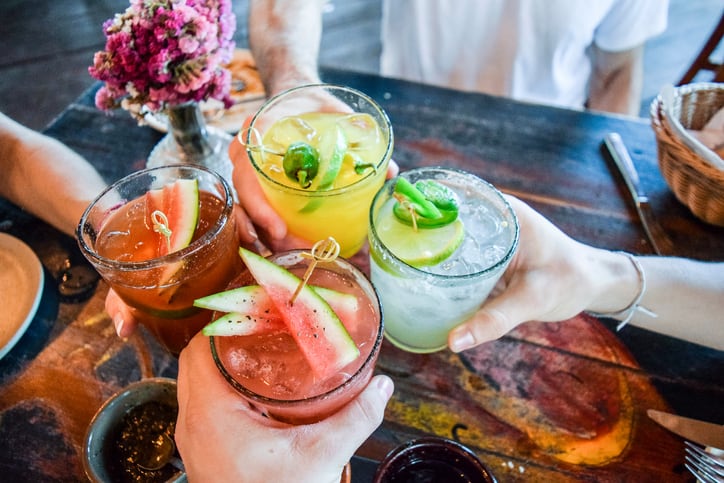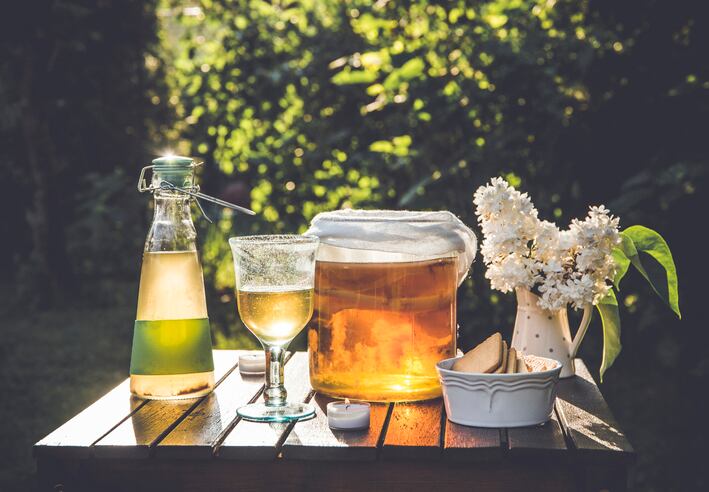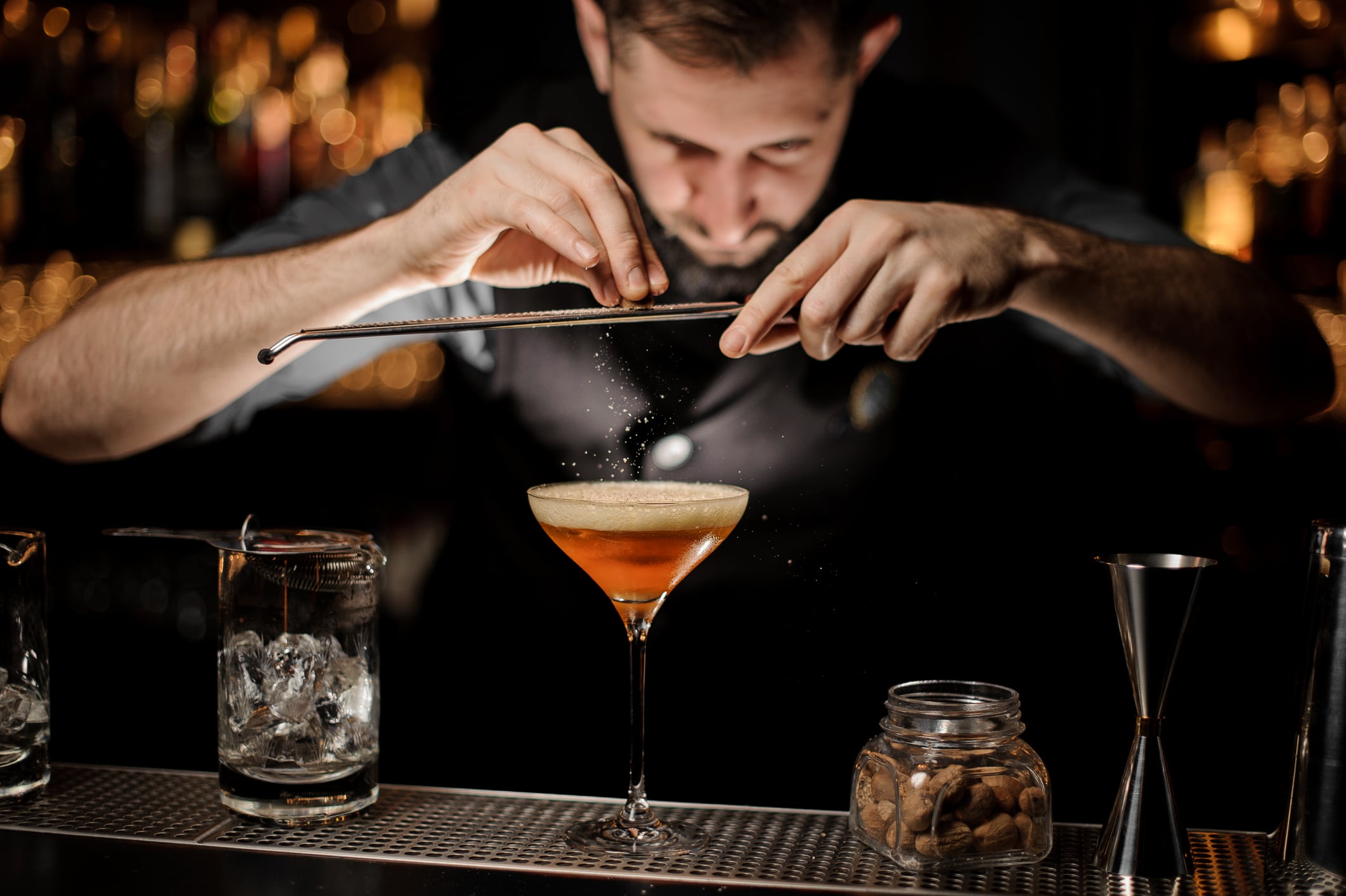The low and no alcohol category is on an upwards trajectory. In 2020, the category grew at around 1% - despite shuttered on-trade due to COVID-19 restrictions – and took a market share of 3% across the total beverage market.
Within the sector, no/low beer and cider dominates, with a healthy 92% share. No/low wine increased by 4.9% last year, and the sales volume of low/no spirits rose 32.7% in 2020. Drink market analyst IWSR predicts this last subcategory to see the largest volume CAGR, 2020-2024, at around 14%.
Despite the category’s increasingly trendy image, experts in the field have raised concerns growth could be impeded by consumer confusion. Is ‘low and no alcohol’, in name and definition, here to stay?
‘The low space is particularly confusing’
Globally, ‘low alcohol’ and ‘alcohol-free’ descriptors mean different things in different regions.
In the EU, for example, ‘alcohol-free’ means drinks with 0.5% alcohol by volume (ABV) or below. Conversely, in the UK, ‘alcohol-free’ drinks must be below 0.05% ABV.
Again, in the UK, ‘low alcohol’ is commonly used to describe drinks with alcohol levels between 0.05% and 1.2%.
The ‘alcohol-free’ descriptor is ‘fairly well understood’ in the UK, according to Jason Clarke, co-founder and creative director of low-alcohol beer company Genius Brewing. Genius makes a lower alcohol lager with 3% ABV – representing one unit of alcohol per can.
But the low space is ‘particularly confusing’, he told delegates at last week’s Low2NoBev event in London.
“If you ask most consumers what a low strength beer is, there will be cases where it could be a 1-2% beer. Yet they’d probably regarded that as ‘no alcohol’.” This begs the question, how should a beer with an ABV of 3% or lower be classified?
Clarke is concerned that retailers are compounding the issue. It is quite common for supermarket retailers to stock all zero alcohol products in their ‘low alcohol’ section. “[Retailers] realise there is not enough space around 1% ABV, so they think that low is no.”
At the same time, the co-founder said he doesn’t see much market potential for options wavering around the 1% ABV mark. “Nobody wants a 0.8% product. It’s not a teetotal option…I think the ‘low alcohol’ option should be much higher,” he added, suggesting ‘low alcohol’ refer to products with a lesser ABV than a mainstream 5% offering.
Advocating for a threshold change
UK alcohol marketing watchdog, The Portman Group, similarly suggested consumers are confused about different descriptors within the category.
“We did a survey amongst consumers in December 2020, which showed there was a lack of clarity amongst consumers about all of these different descriptions,” reiterated its CEO Matt Lambert.
Terms like ‘dealcoholized' – referring to the process of removing alcohol from an alcoholic product – don’t mean ‘very much to many people’, he told delegates at the event organised by FoodNavigator publisher William Reed. “’Low and no can be quite confusing. We’d like to see some clarity.”
Ideally, the Portman Group would like to see the UK’s ‘no alcohol’ threshold moved from 0.05% to 0.5%, and the low area classified as 0.5% to 1.2%. Lambert believes that by doing so, definitions would be ‘simplified’. “If you understand what is ‘no alcohol’, you understand what is ‘low alcohol’.”
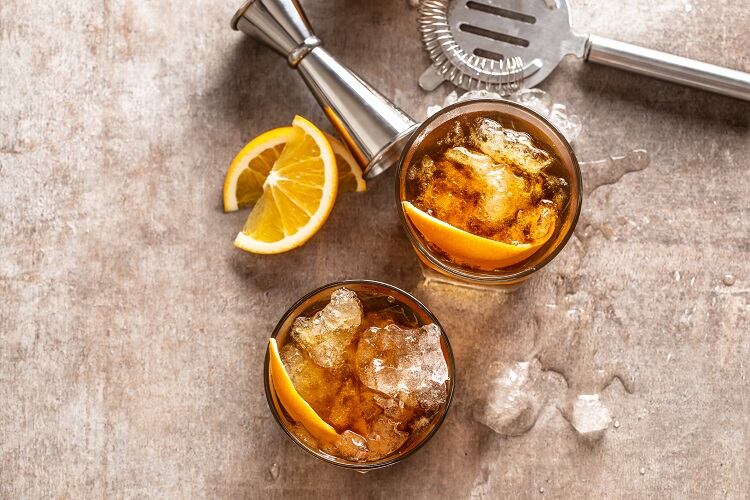
For Dan Crowther, director of creative brand agency Hedonist Drinks, much of the consumer confusion surrounds low alcohol beverages and units of alcohol.
Having observed that consumers ‘don’t know what low means’, Hedonist has taken a different approach. “We’ve figured out a way of making this simple by using the current ways of measuring alcohol – the unit.”
Using the NHS guidelines for alcohol unit measurements, Hedonist has designed a small ‘cocktail logo’ that can be applied to bar menus (as a ‘v’ would refer to a vegetarian dish). One cocktail logo refers to one unit of alcohol.
The concept feeds into current trends surrounding ‘counting’, he explained “It makes it easier for consumers. We count our steps, we count our heart rate, we count our calories. So we need to start counting our alcohol consumption.”
Not ‘low and no’, but ‘big and yes’
Craft beer business Big Drop Brewing Co is similarly advocating for 0.5% ABV beer to be regarded as ‘alcohol-free’. Current guidance, said founder Rob Fink, is ‘still confusing’.
“It’s interesting to see that the UK is not alone in having these issues. Look around the world. The US, Canada, and Australia, in a general sense, class 0.5% as non-alcoholic. In countries like Germany and Spain, alcohol-free is 0.5%. It seems to be the commonsensical position that the UK should [follow suit].”
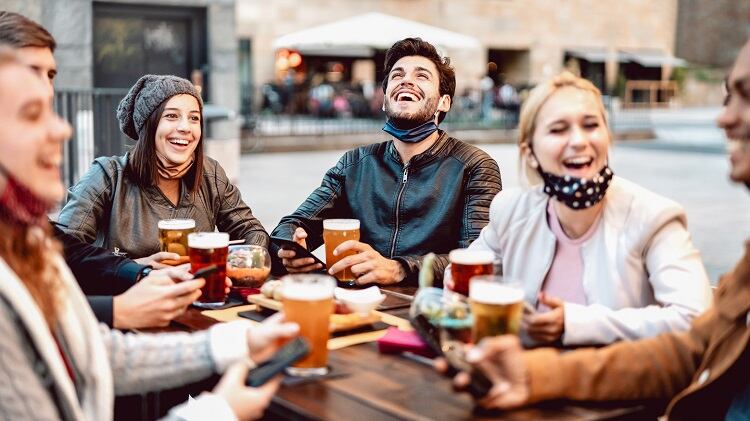
Fink also takes issue with the category name ‘low and no’, arguing that it has negative connotations. “It’s a positive choice [to select low and no], a premium product that is bringing benefits to your life,” we were told.
“At Big Drop, we don’t say ‘low and no’, we say ‘big and yes’,” Fink continued, comparing the ‘low and no’ descriptor to ‘meat-free’ burgers. “Generally it is not referred to as ‘meat-free’ now. It is plant-based. Somebody worked out that you’re not eating it because it’s meat-free, you’re eating it because it’s plant-based...
“From a consumer perspective, I think it’s a really important distinction on how it is used…Talking about things that are ‘low and no’ is unhelpful.”


